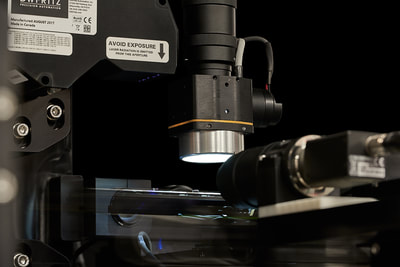Speed, precision measurements and real-time data from non-contact metrology platforms make a difference in reducing scrap and improving yield for high volume consumer electronics manufacturers.
In contract manufacturing, 100% inspection is common, but measuring high volume consumer electronics parts for quality can be challenging. In smartphone manufacturing alone, the production volume can reach up to 100 million parts per year. These small units have tight tolerances for fitting a multitude of complex components, from system and memory chips to cameras and sensors to screws and fasteners.
Measuring at the Speed of Manufacturing
Many automated metrology platforms use 3D and 2D non-contact metrology sensors to measure parts in motion, allowing inspection to often happen inline at the speed of manufacturing for greater yield. These non-contact systems can perform hundreds dimensional inspection points per second. In comparison, data capture on a traditional tactile coordinate measuring machine (CMM) can be slow, taking up to 10 minutes to capture 100 points. Non-contact 2D metrology systems can achieve the same gauge capability as CMMs for most geometries, as well as complex measurements that probes cannot reach.

Non-contact laser systems like the DWFritz AMP 3100 can measure 3D profiles at high speed.
